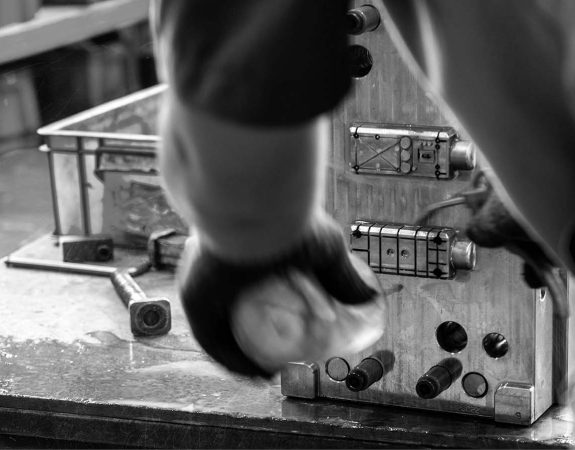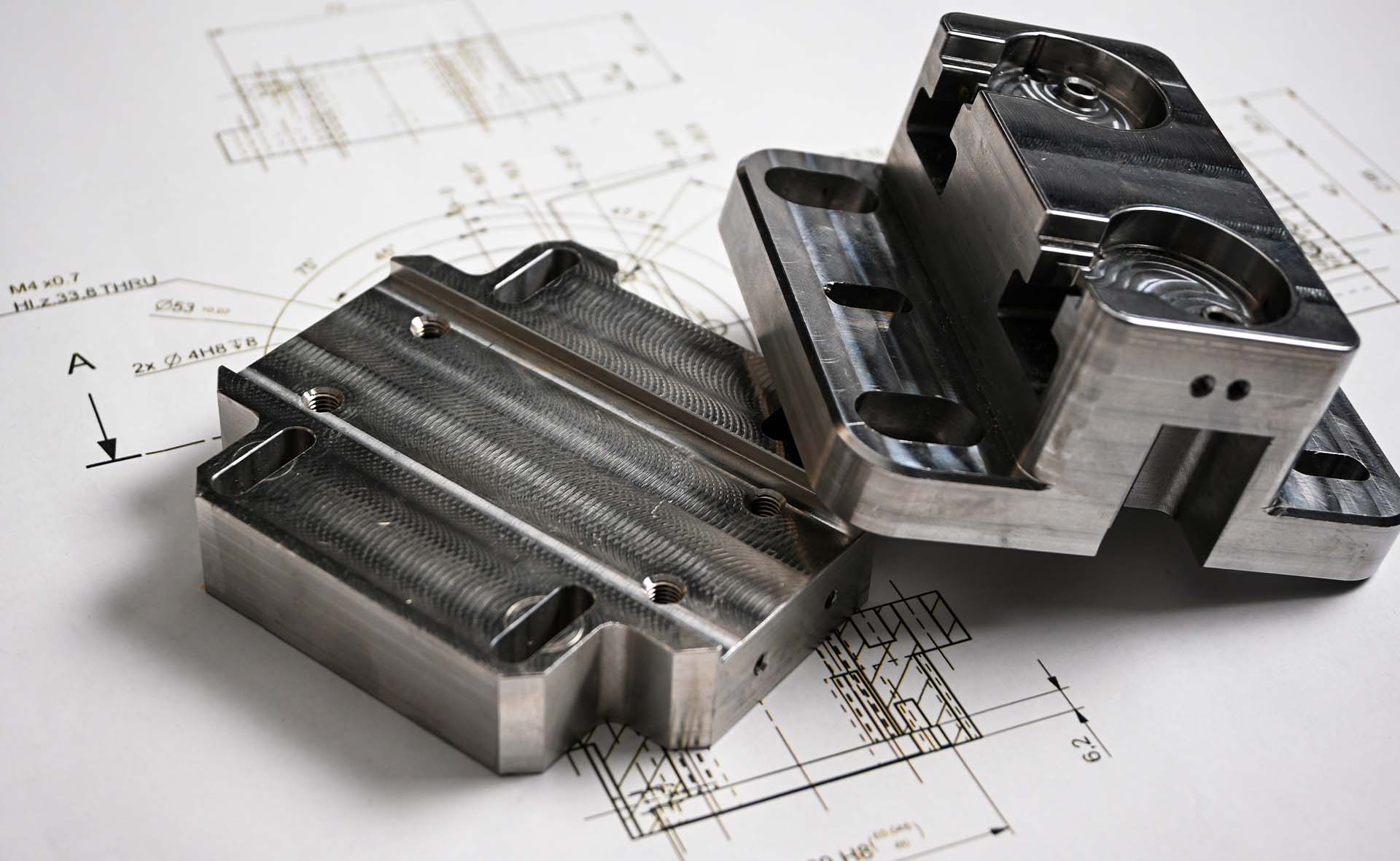When it comes to injection moulding, the mould tool is the most critical and costly component in the process. There are many tooling material options to choose from: aluminium, soft and semi-hardened steel, and hardened steel. While mould makers like HLH can assist you in choosing a suitable tooling material for your project, it’s worth gaining a basic foundation and understanding your options to avoid costly errors, waste, and defects down the road.
Aluminium (AL) is often used as a quick and lower-cost alternative to steel tooling. AL has good machinability and excellent heat transfer properties (cools quickly and efficiently), which makes it a good option for prototyping and low-volume production runs. A main drawback is that the tooling life is generally shorter, and not all grades of plastics are suited for aluminium tooling; for instance, materials that require high mould temperatures.

S50C is a ‘soft’ steel option that is especially popular in China for prototype tooling. It is a great for general applications and a good alternative to aluminium. However, if the part material or surface finish calls for a hardier tool, P20 steel is used.

Pro Tip: You can often get Chinese tools like S50C and P20 at the price of an aluminium tool. Most Chinese tool shops prefer working with steel tools for rapid tooling because they are harder, more robust, and easier to weld.
P20 is a ‘soft’ steel often used as a standard steel tooling option and is the first choice for materials without abrasive additives. For prototype or development tooling, P20 steel offers several advantages over aluminium: it is stronger, more durable and offers a longer tool life; it is less costly; and it is generally more resistant to scratching than aluminium. A main drawback is that P20 is not very resistant to erosion or chemical corrosion, which can impact its tool life.
P20 Application Case Study: HLH Rapid Uses P20 Steel Tool For SOL Reader’s E-Ink Glasses.

NAK80 is a semi-hardened tool steel typically used for more demanding applications. NAK80 is typically used for higher quality parts and transparent and high-gloss components. It also works better with resins with glass fibers or hard, engineering-grade plastics like Delrin or Aceral (POM). Although it’s more corrosion resistant than P20, one key drawback is that it takes longer to machine.
H13 is a ‘strong’ steel that is robust and have exceptional resistant to heat. It is most commonly used for high production quantity tooling and to address wear when running abrasive materials. H13 also works well for materials that require high tool temperatures like polyamide-imide (PAI), PEEK, and liquid crystal polymer (LCP).
S136 is stainless steel that offers excellent hardness and is mainly used for speciality cases in high production tooling. It has good corrosion resistance, which makes it good for corrosive environments or materials such as polyvinyl chloride (PVC) and polypropylene (PP). It also has excellent polishability and is a good choice for large-size precision parts. The main drawback is that S136 costs the most and has the lowest thermal efficiency, so unless you require a high production run, it may not financially make sense.
Above, we’ve listed the 5 most commonly used aluminium and steel tooling material options for injection moulding projects, however, there are many other tool material options for special cases and applications. Check them out in the list below.

Submit CAD, get a quote within 24-48 hours or less
Typically, our clients begin with single-cavity S50C or P20 steel tools for prototyping and developmental applications—S50C for our rapid tools and P20 if the part material or surface finish calls for a hardier tool. For applications requiring engineer-grade or glass fibre resins, or for moulds necessitating a higher level of polishing, NAK80 steel is preferred.
Often, for niche market or specialized products, P20 or NAK80 steels may be all the client needs to satisfy demand. These steels require a lower investment than full production tooling, helping customers minimize costs in the early stages and get initial products to market faster.
If the product demand is high and where it makes sense, customers may move on to H13 or other hardened steel, production multi-cavity tooling.
At HLH, we make prototype tooling, bridge tooling and production tooling in-house for simple to complex injection moulding projects. If you are unsure what tooling material to go for, get in touch with our engineering team at info@hlhrapid.com.
To get started on your next injection moulding project, simply submit your 3D CAD along with any project details like material, surface finish or quantity, to our contact form. Our team will get back with a quote within 24 to 48 hours or less.
